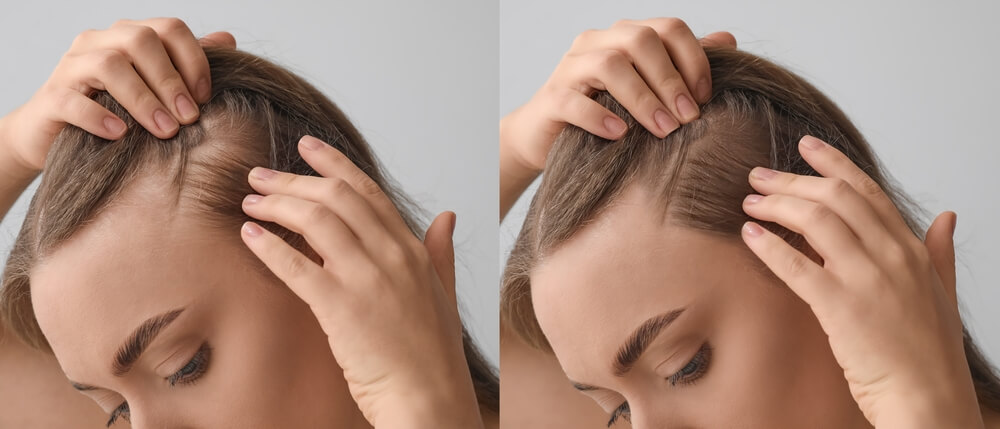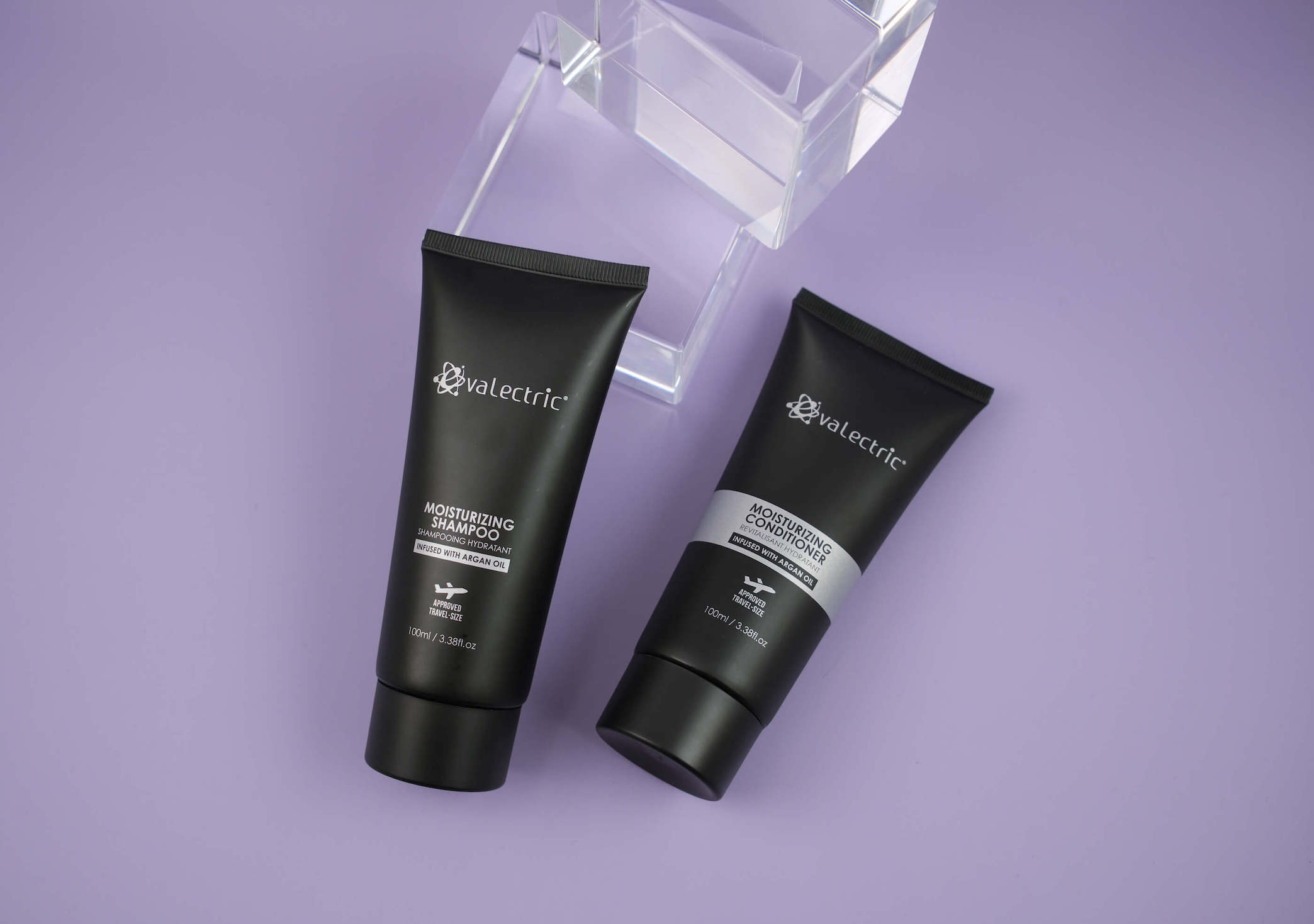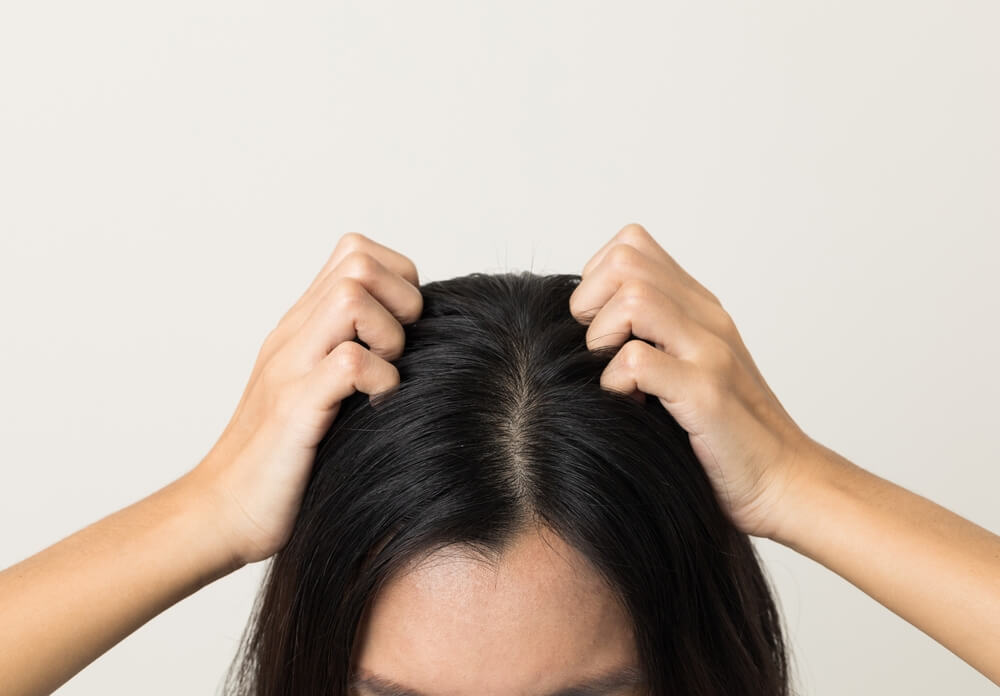Understanding the 4 Stages of Natural Hair Growth

Ever wondered why your natural hair sometimes seems to take so long to grow?
Many experts believe that natural hair is the slowest-growing hair type due to its elliptical shape, resulting in a longer wait to gain some length. Hair retention is a common issue too. With natural hair tending to veer toward the dry and damaged end of the scale, this causes an increase in breakages and hair loss.
Fortunately, there’s plenty that you can do to encourage your natural hair to grow in a healthier way. However, before you take any of those steps, it’s important to understand the four basic stages of natural hair growth, so that you can make the right decisions when it comes to your hair’s needs. Read on as Evalectric talks you through this!
Stage 1: The Anagen Phase
Hair growth begins at the roots, which is where the anagen phase takes place. Also known as the growth phase or the active phase, this is when the cells in your roots start dividing at a rapid rate, enabling new hairs to form. At this stage, all of the new hairs that are created are well-connected to the blood vessels in the scalp. This enables them to receive a steady supply of nutrients, maximizing growth.
During the anagen stage of natural hair growth, hair can grow at an average rate of up to half an inch per month. Growth tends to be faster in the summer and slower in the winter but, with the anagen phase lasting roughly three to five years, you could very well end up adding 30 inches to your mane during this time.
Stage 2: The Catagen Phase
As the anagen phase draws to a close, your hair starts to go through a transitional stage known as the catagen phase. Unlike the anagen phase, which lasts a few years, the catagen phase only lasts a couple of weeks.
During this period, the roots of all of those new hairs that were created during the anagen phase start to detach themselves from all of those blood vessels that were supplying them with nutrients. This cuts off the blood supply from each of those individual hairs, signaling the end of the active growth phase. It’s estimated that, at any one time, around 3% of your hair will be in the catagen phase.
Stage 3: The Telogen Phase
Once your hair has completely detached itself from its blood vessels, it enters into the telogen phase. This is more of a resting period. Think of natural hair growth in comparison to the growth of the human body. The anagen phase would be your childhood and teenage years while the telogen phase comes next, once the body has physically and mentally matured.
Once your hair reaches the telogen phase, each strand remains in its follicle but doesn’t actively grow. By this point, it will have reached its maximum length, so it takes this time to rest. The telogen phase usually lasts for three to four months, with 10-15% of your hair currently being in this stage.
Stage 4: The Exogen Phase
The exogen phase is the very last stage of natural hair growth. During this period, which lasts for about three months, hair shedding takes place. All of the hairs that reached the telogen phase will now start to fall out. This makes room for new hair to grow from each follicle, at which point the anagen phase begins again.
Although the exogen phase is when shedding occurs, it isn’t particularly noticeable. On average, about 11% of your hair will be in this stage, and you’ll only lose around 50-100 hairs each day. Each of your hair follicles acts individually and goes through the natural hair growth cycle at different times. This prevents the entirety of your hair from arriving at the exogen phase at the same time, which would leave you temporarily bald!
Minimizing Disruptions to the Natural Hair Growth Cycle
If you want your hair to grow as quickly and as healthily as possible, you need to make sure that it’s allowed to work its way through the natural hair growth cycle in its own time. Any disruptions to this will inhibit growth. It could even cut the anagen phase short and prematurely send your hair into the telogen and exogen phases. This would result in increased hair loss.
Ideally, you want your hair to remain in the anagen phase for as long as possible. Let’s take a look at a few of the ways in which you can minimize disruptions to your growth cycle to encourage this:
Using the Right Hair Care Products

One of the most important things that you can do for your natural hair is to give it the right hair care products. This may sound easy but, in reality, natural hair requires a special level of care that many fail to provide.
One of the biggest issues with natural hair is how it quickly turns dry and brittle. Usually, the sebum produced by the scalp travels down the hair shaft to moisturize and lubricate each strand. However, with natural hair being so curly, sebum isn’t able to simply slide its way down like it would with straight hair. Instead, it needs to travel around all of those bends in each curl, leaving the lower lengths of the hair dry and lacking.
To counter this, the shampoo that you use needs to be very gentle. In general, shampoos are designed to strip away sebum. However, with natural hair, you don’t want to do this too much. So, always use a rich and moisturizing formula, such as the Evalectric Moisturizing Shampoo. It’s infused with argan oil, an ingredient that natural hair loves!
After shampooing natural hair, following up with a conditioner is vital. Again, look for one that will add as much moisture as possible back into your strands. Dry hair will be less capable of absorbing nutrients during the anagen phase of hair growth, so you need to keep your strands quenched. The Evalectric Moisturizing Conditioner, which is also infused with argan oil, will help you to do just that!
Hair masks, deep treatments, and leave-in conditioners can also be a game-changer for natural hair. Adding these products to your hair care routine will enable you to give your locks the extra TLC that they need.
Scalp Stimulation

There are numerous studies out there confirming how scalp stimulation can boost hair growth. This is down to how it promotes blood flow to the hair follicles. This increases the amount of nutrients that each strand receives while it’s connected to the blood vessels during the anagen phase. As a result, the hair is able to grow faster and stronger.
Unfortunately, this isn’t going to be a quick fix. Research shows that, in order for an improvement in hair growth rates to be seen, the scalp needs to be stimulated on a daily basis. It can then take a few months for things to kick in, so you’ll need to be dedicated to the cause.
The good news is that scalp stimulation is easy. A 10-20 minute scalp massage each day should do the trick. You can either do this manually with your fingertips or you could invest in a scalp massaging tool. The electric versions tend to be more effective than the manual versions while also being easier to use.
Reducing Tension and Manipulation
Hair breakages can occur at any point during the hair growth cycle, although this tends to be most detrimental when it happens to hairs during the anagen phase. With natural hair having the propensity to be dry and brittle, breakages are common, yet they’re something that you need to try to avoid.
Being as gentle as possible with your strands will help to keep them safe. Don’t over-manipulate them when you’re styling your locks. Pulling and tugging at your hair should be avoided at all costs as any tension placed on your roots will only exacerbate breakages.
Protective hairstyles, such as braids and twists, are commonly utilized by people with natural hair. These are great for shielding the hair from environmental damage, so long as they’re not created too tightly. If you can feel any pressure on your scalp from the hairstyle you’re sporting, it’s time to loosen things up a bit.
A Healthy Lifestyle

As you know, nutrients play a key role in hair growth during the anagen phase. Your blood vessels feed each strand, giving them the nutrients that they need to grow longer and faster.
However, if your body is lacking in nutrients, then your hair will experience the same. This makes it vital to be consuming a healthy and balanced diet. Not only will this benefit your overall health, but it will ensure that your blood vessels are able to offer your strands the key nutrients that they need.
If you struggle to consume a balanced diet, consider adding in a few supplements. Although these aren’t a like-for-like replacement for fresh and healthy whole foods, they’ll help to make up for anything that your body may be lacking. This will ensure that your hair doesn’t go without.
Less Stress
Finally, let’s talk about stress. It’s common knowledge that stress is detrimental to both your physical and mental health, but did you know that it affects hair growth too?
Stress prolongs the amount of time that your hair spends in the telogen phase, aka the resting phase. This slows down the entire hair growth cycle.
If you’re trying to grow a thick and luscious mane, minimizing stress is key. Explore some of the many different stress relief methods out there and find a few that work for you. This way, you’ll have something to turn to whenever you’re feeling stressed, which will help you to bring those stress levels down as quickly as possible.
Summary
As you can see, understanding the natural hair growth cycle is crucial if you want to learn how to encourage your hair to grow faster. This way, you’ll know what you need to do to allow this cycle to run smoothly, minimizing any disruptions that it could potentially encounter. The result will be a mane that looks beautifully thick and healthy!






